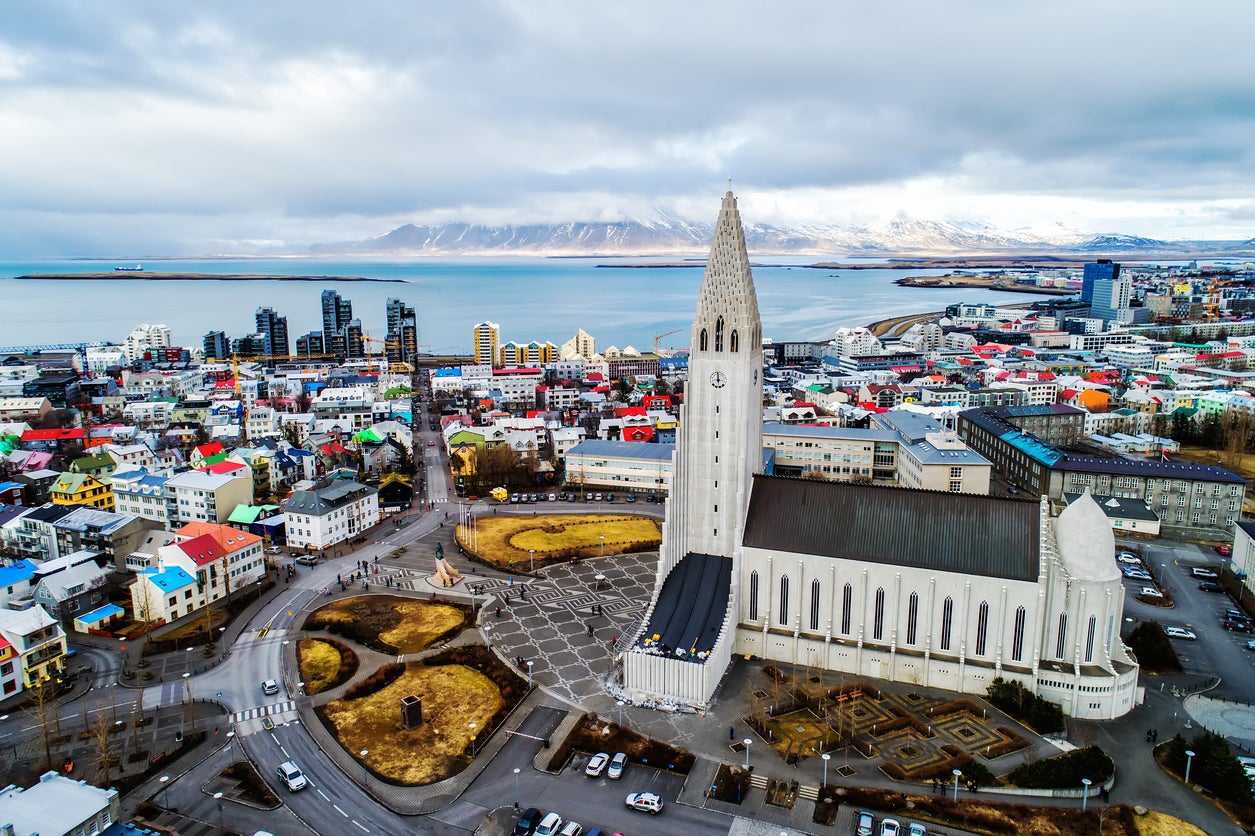Iceland earthquake: 5.6-magnitude tremor strikes near Reykjavik
Quake struck at around 10:05 am local time

Parts of Iceland were rocked by a 5.6-magnitude earthquake on Wednesday as residents reported shaking buildings and strong tremors.
The quake's epicentre was recorded about 25 miles away from Reykjavik, in the Reykjanes Peninsula region, on Iceland's southeast coast.
The effects of the quake, which struck at a depth of around six miles, were felt in Reykjavik and the surrounding areas.
It was not immediately clear if there had been any damage to property or injury to life.
“Spent the morning shaking around the office, geologists all running around like excited puppies. So much shaking,” Rob Askew, a geologist at the Icelandic Institute of Natural Science in Reykjavík, tweeted.
Another Twitter user wrote: “WOW....! Just now! #earthquake swarm on Reykjanes Peninsula #Iceland - very strongly felt in Reykjavík. My home office was shaking! Felt 2 large ones and many small ones.”
Another said: “I've experienced more earthquakes in the past couple of hours than the rest of my life combined. And I’ve spent most of my life in Iceland and Japan. Something’s up. I don’t like it.”
The 5.6-magnitude quake came amid a flurry of geological activity along the Mid-Atlantic Ridge, where the Earth's North American and Eurasian tectonic plates meet.
Friction between the two plates can sometimes result in earthquakes and tremors.
Last year, Iceland was hit by around 3,000 earthquake tremors in the space of a few days.
The tremors were caused by three separate earthquakes – each one with a magnitude of more than five – that struck the northern coast over the weekend of 19 June, according to Iceland's meteorological service.
Officials had warned at the time that the Grimsvotn volcano, Iceland's most active, was at risk of erupting due to the tremors.
Grimsvotn last erupted in 2011, sending clouds of thick ash into the atmosphere, leading Iceland to temporarily close its airspace.
A year earlier, the country's Eyjafjallajokull volcano blew its top, an event that grounded thousands of flights across Europe for six days, amid fears that the ash could damage jet engines.
Join our commenting forum
Join thought-provoking conversations, follow other Independent readers and see their replies
Comments


Bookmark popover
Removed from bookmarks